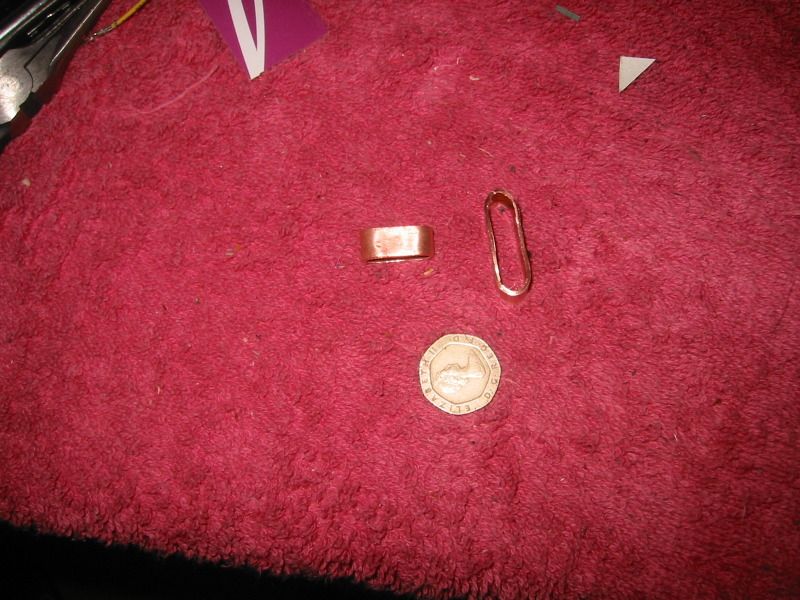A little update anyway.
I might have already mentioned that I was looking at incorporating a trimmer/potentiometer into the circuit so I don't have to spend hours fiddling with resistors trying to get the right balance of power going into the circuit.
Well I think I've found a solution. I managed to find a potentiometer that can handle 0.5W or roughly 40mA of current at 12v.
Here it is next to another one with less than a third of the power handling. The blue potentiomter is a 5k 0.5W 25 turn potentiometer.
Why is this important?
It is through this adjustment that I can give such good speed regulation throughout duty cycle. Without it I am stuck with whatever setting I hard wire in. A change in fans or power cannot be easily adjusted for and compromises have to be made.
There are three spots in the circuit where I can use a potentiometer to affect the power the fan uses.
1) Next to the fan itself. A potentiometer/rheostat would have to be at least 6W or more and they get very expensive, really expensive.
2) On the incoming PWM signal. I tried this and it worked up to 1 Amp but gives far too much opportunity to destroy the mosfet if someone fancies dialling it up. The mosfet got super hot. I could step it up to a large power mosfet of course but they are £1 to £2 each.
3) In the middle between the N channel mosfet and the PNP transistors. I already use resistors here so this is a logical place to start.
So this is designed to go in the middle.
So I wired a new circuit up with the transistors moved around a little and the potentiometer on the leading edge, so it could stick out the end of the heatshrink.
I was able to go back easily to the 5 hole wide design and now the circuit uses less resistors, has no switch and cannot be damaged by sitting in a non switched dead area of the switch location.
Here's a video. I haven't done a video for ages.
This video goes through the setup process for a few different configurations from 4 fans at 0.55A down to 1 single fan.
The circuit revision is good for fans from 0.1A to 0.55A and can be adjusted to suit individual needs. It's just a matter of dialling down the duty cycle to 20 or 30%, adjusting until the speed you want is on the fan and it's good to go. Simple. Ok maybe not as simple as a switch but it's so much easier to build.



























